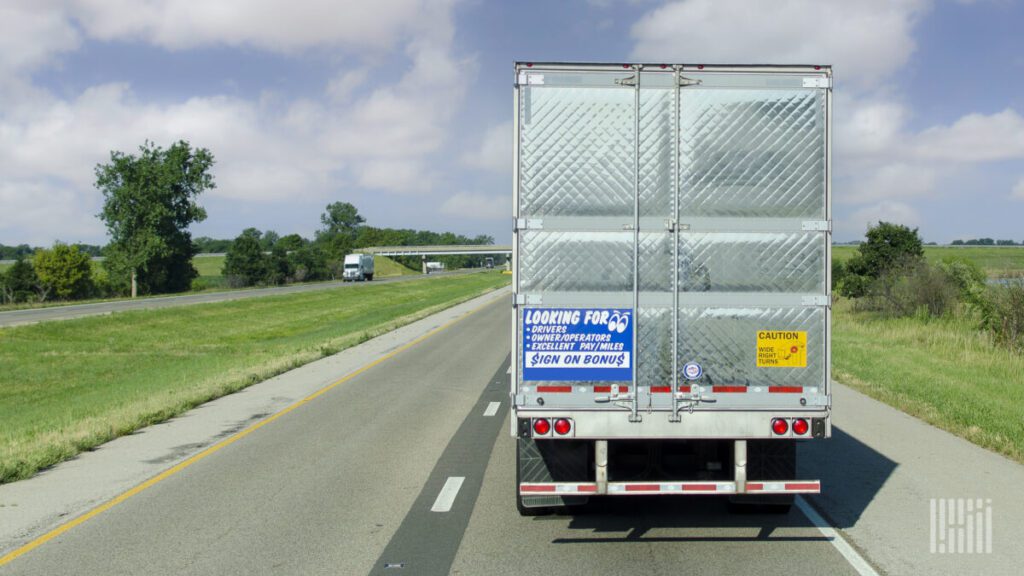August 9, 2024
The Standards for Hiring Drivers and Managing Insurance Costs

At Reliance Partners, we understand that maintaining rigorous driver hiring standards is not just a safety measure—it’s a strategic approach to managing insurance costs effectively. In today’s competitive freight market, trucking companies face the challenge of balancing the need to fill vacancies with the necessity of hiring qualified, responsible drivers. The choices made during the hiring process can significantly influence a carrier’s insurance premiums.
While the Federal Motor Carrier Safety Administration (FMCSA) requires truck drivers to possess a CDL Class A license, insurance companies often impose additional standards. Typically, these include a CDL Class A license, a minimum age of 25, and at least two years of driving experience. Insurers are keen to ensure that drivers have the appropriate licensing for the vehicles they operate, reducing the risk of costly claims.
Insurance companies closely scrutinize a motor carrier’s operations, including driving history, safety records, safety programs, and the overall driver pool. These factors are critical in determining the likelihood of claims, which in turn affects insurance rates. However, some exceptions to these standards exist. As Kevin Dupree, Executive Vice President of Sales at Reliance Partners, explains, well-established motor carriers may occasionally benefit from lower age requirements for drivers, provided they have a strong operational track record and the driver is close to turning 25.
Despite these exceptions, the industry continues to face rising insurance costs. To combat this, both carriers and fleet operators are exploring strategies to mitigate rate increases while maintaining high safety standards. According to Dupree, a strong driver pool is crucial for keeping insurance rates consistent. Insurance is driven by numbers and statistics, and factors such as location, experience, and recent violations play a significant role in assessing risk.
Beyond driver selection, there are additional measures that motor carriers can take to manage insurance costs. The integration of telematics, electronic logging devices (ELDs), and dash cameras are essential tools. While telematics is not used for tracking purposes by insurance companies, it helps monitor driving behavior. Understanding when drivers are harshly braking, making erratic lane changes, or speeding allows insurers to assess risk more accurately.
One of the most impactful tools, as Dupree highlights, is the dash camera. Dashcams that face the road are highly valued by insurance companies, as they often exonerate drivers from fault in accidents, thanks to the footage. Some insurers even offer discounts or monthly reimbursements as incentives for carriers that install dashcams in all their vehicles.
To meet insurance standards and achieve operational efficiency, trucking companies must adopt a holistic approach. This includes comprehensive driver training, proactive vehicle maintenance, and data-driven risk management. By focusing on these areas, carriers can not only position themselves favorably with insurers but also optimize their fleet performance.
Dupree’s top recommendation for trucking companies aiming to meet insurance standards is clear: “Don’t be afraid to turn down a driver. Maintaining a healthy driver pool is crucial because insurance companies evaluate the entire pool, not just individual drivers.”
For more insights on how driver hiring standards impact insurance costs, read the full article on FreightWaves.